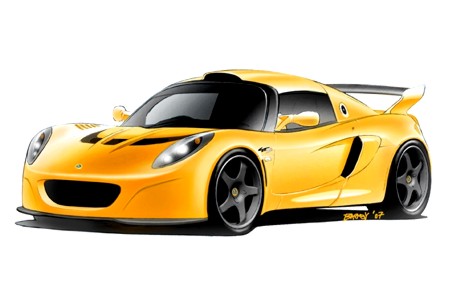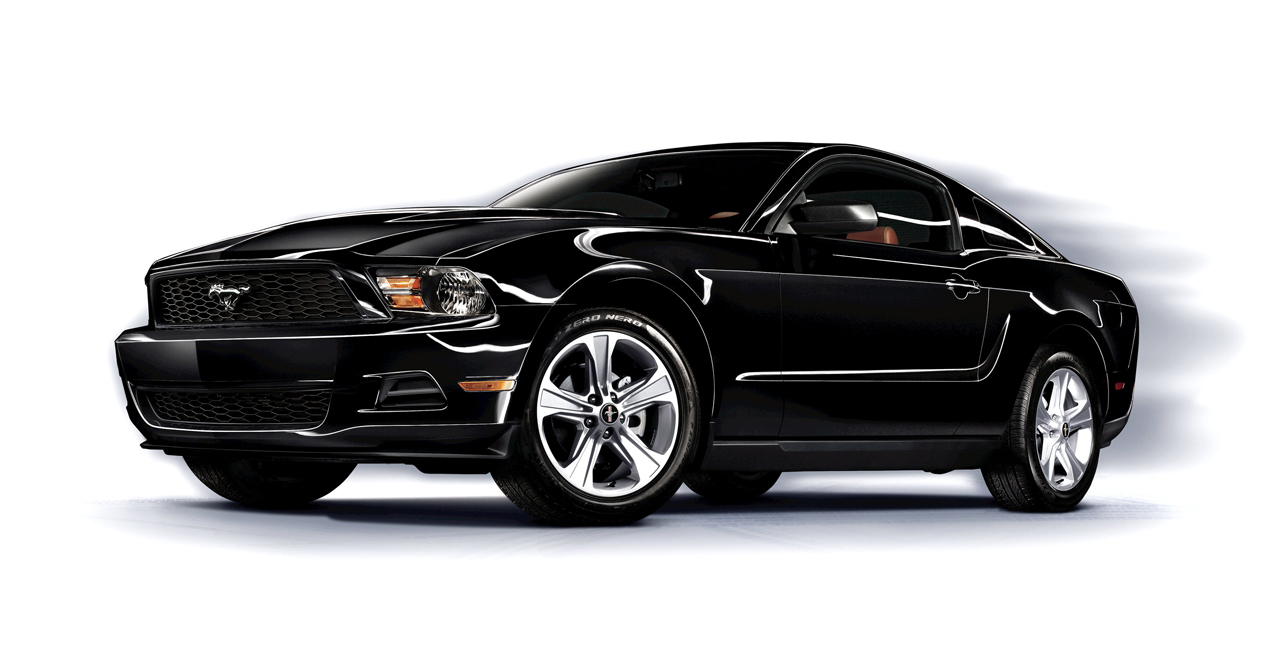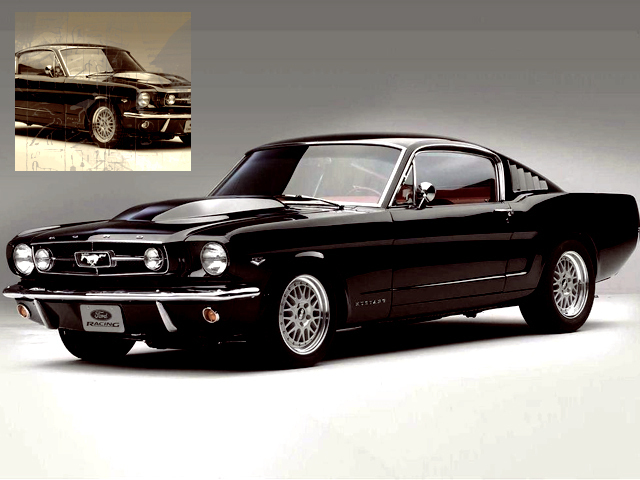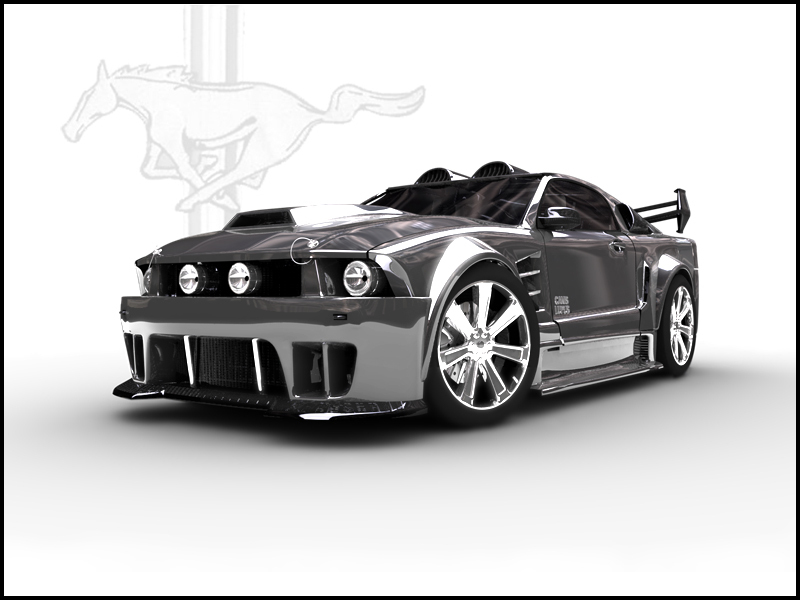Dodge muscle cars were winners at America's dragstrips well before they took their place among the country's fastest and wildest street-going supercars.
Chrysler's excitement division was a force in the Super Stock drag wars of the early 1960s, and the company's advertisements of the time bragged of the exploits of its factory-sponsored Ramchargers team.
The source of these bragging rights was a lineup of remarkably powerful engines. For 1960, Dodge's hot D500 option could be teamed with 361- or 383-cid V-8s crowned with an outrageous ram induction intake manifold that balanced dual four-barrel carburetors outboard of the valve covers. Even hotter were the race-ready 1962 "Max Wedge" dual-quad 413s at 410 bhp, and the 1963 and 1964 426-cid wedges at 425 bhp.
Dodge Muscle Cars

dodge muscle cars

dodge muscle cars

dodge muscle cars

dodge muscle cars
But Dodge is better known for its role in bringing Chrysler's incredible 426 Hemi V-8 to the masses. The Hemi was introduced as a racing engine in 1964. A street version followed in 1966 and helped put Dodge's new Charger and Coronet on the muscle map. As hyped as it was, the Hemi was by no means the full Dodge muscle car story in the late '60s.
Its hot-car offerings expanded quickly to include the 440-cid V-8-powered 1967 Coronet R/T and Charger R/T midsize cars. Dodge had dabbled in the compact-muscle market with trim Dart, which boasted a 235-bhp, 273-cid V-8 GT version as early as 1965.
Dodge's hottest small-block V-8, a 340-cid mill underrated at 275 bhp, was introduced in the Dart GTS for 1968. By then, Dodge's mainstay 335-bhp 383-cid V-8 was available in the Dart, and some enterprising hot rodders -- both inside and outside the factory ranks -- were even fitting the compacts with 440 and Hemi power.
Dodge showrooms in 1968 also included the low-price, high profile Coronet-based Super Bee, the division's answer to the Plymouth Road Runner. But the glamour boy of the lineup was the newly restyled Charger. Its "coke-bottle" styling won raves from press and public and reached an extreme in the 1969 Charger Daytona, with its long nose and sky-high rear wing needed to qualify the setup for NASCAR racing.
Dodge finally joined the pony car ranks for 1970 with the Challenger. This handsome coupe and convertible got the full muscle-car treatment. It was offered with every performance engine in the corporate arsenal: 340 four-barrel, 340 Six Pack (three two-barrel carbs), 383 Magnum, 440 Magnum, 440 Six Pack, and 426 Hemi V-8s. A full palette of bright colors, bold stripes, hood scoops, and tail spoilers helped advertised Challenger's performance potential.
The Hemi lasted through 1971, by which time toughening emissions laws and rising insurance rates were killing off every American automaker's high-compression performance engines. Fast Dodges were available for a few more years, but when the Challenger was put to rest in 1974, Dodge performance went into a slumber that wouldn't be lifted until 1992. That's when the Viper signaled a reawakening of Dodge's muscle car spirit, a reawakening that would lead eventually to the resurrection of the Challenger itself.


















